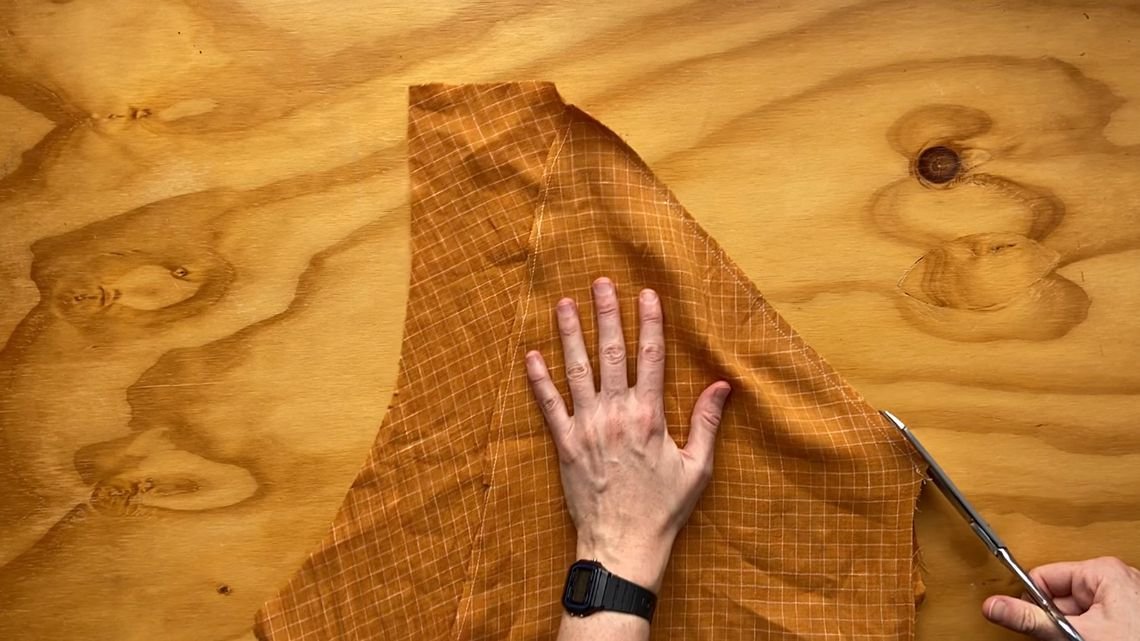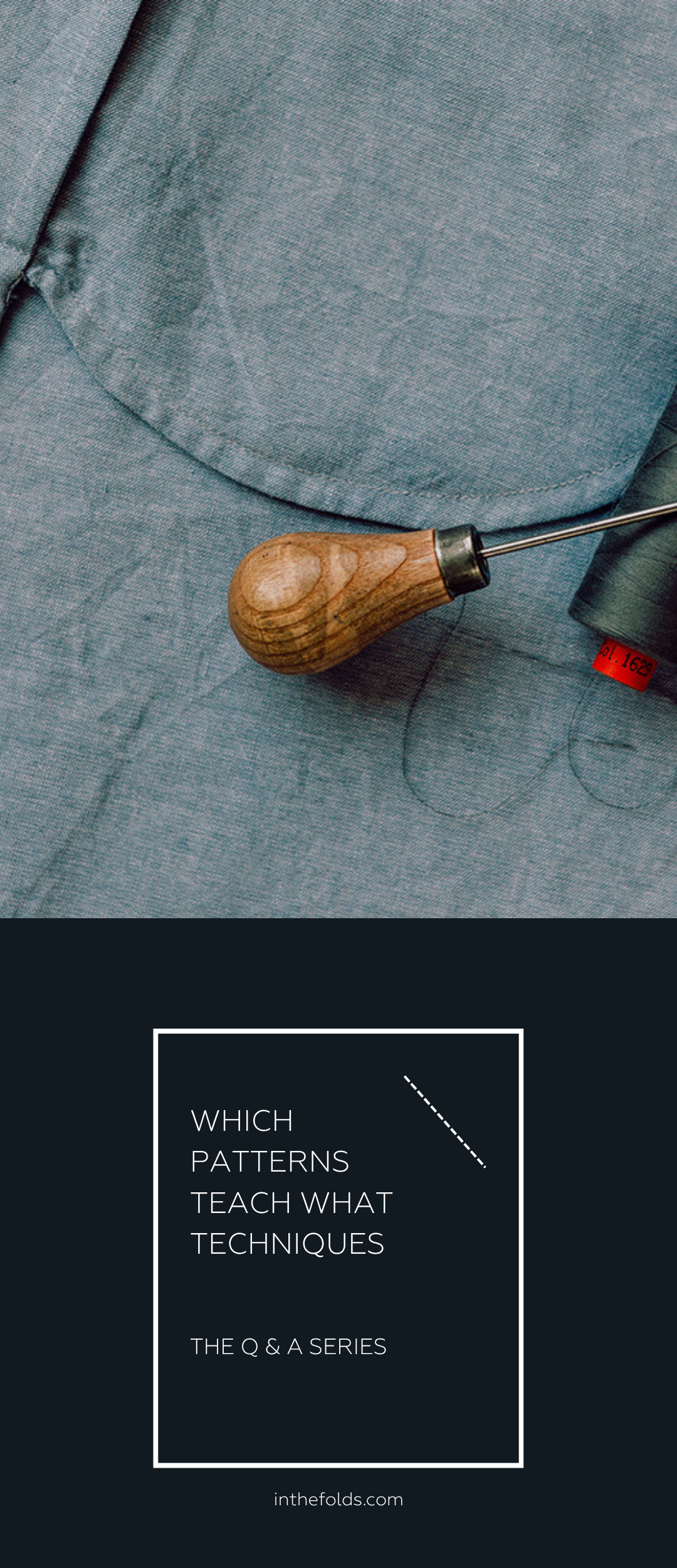THE Q & A SERIES
Tips for working with delicate fabrics
Hi Emily,
Wow, I just love the new Whitlow robe pattern! The raglan sleeve really sets it apart from other robe patterns I have seen.
I'd love to make one as a gift for my mother-in-law and am thinking about using a midweight silk so it can be lovely and luxurious.
I have never worked with silk before, so I'm wondering if you might have some tips to get me started?
Thanks!
Gabby
- Melbourne | Australia
Hi Gabby,
I am so happy to hear you are as excited as we are about the Whitlow robe.
This sounds like a lovely gift idea!
The idea of silk feels intimidating to work with, but with a few tips up your sleeve, I think you'll be just fine!
I wrote a post a few years ago about this in relation to the Acton dress, so will use some of those tips today as they apply to the Whitlow robe.
1. Cut between layers of paper
If you've ever tried to cut a delicate fabric, you will know that it can be difficult! It can be hard to keep it on grain and it likes to shift around, which makes accurate cutting almost impossible. The solution to this is to cut between layers of paper.
This means that you lay out some paper (something fine like patternmaking paper) and then lay your fabric on top. Line up the selvedges with the straight edge of the paper to ensure everything is on grain. Gently use the tips of your fingers (or a ruler works too) to smooth out any bubbles in the fabric.
If your fabric is really prone to moving, you can lay another piece of paper on top of the fabric and then place your pattern pieces on top and pin through all layers.
Pin your pattern pieces to the fabric through the layer of paper. This will ensure that the fabric is stable and remains on grain. When you cut, you will cut through the fabric and the paper. You will notice a huge difference in how accurately you can cut when you cut like this.
I know a lot of you might be afraid to cut through paper with your fabric scissors, but there is nothing to worry about. This is standard practice in the industry and you can always get your scissors sharpened if you need to! It will be worth it to have accurately cut fabrics.
If your fabric is prone to stretching, leave your pieces pinned on the pattern paper until you are ready to use the piece.
For more information on this and some photos, checkout this post from Threads Magazine.
2. Use a new machine needle
Put a new sewing machine needle in your machine so you know it's nice and sharp. It's also good to use a fine needle such as 60/8 or 70/10. For more info on selecting the correct machine needle, check out this post from Made to Sew.
2. If in doubt, hand baste
Hand basting can help things stay where they should be. For example, when sewing the Whitlow robe, you may hand baste the collar in place before stitching in the ditch. This will give you peace of mind and ensure everything stays where it should.
4. Use Tearaway
Tearaway is not that common in the sewing world, but is commonly used in the industry to prevent garments from stretching during the making process. It's normally used on seams such as the neckline and armholes.
In the case of the Whitlow robe, the front opening is cut on the bias and therefore prone to stretching. Tearaway shields is a good way to make sure you are not stretching the fabric as you sew. For more info on how to create Tearaway shields, see this post from Tessuti.
5. Don't skip staystitching
It's really important to staystitch fabrics in the areas that are prone to stretching. This normally includes necklines and armholes. Be sure to do this as soon as you pick up the piece for the first time so that it doesn't stretch as you work on your garment. In the case of the Whitlow robe, the area that is most likely to stretch is the front opening as it's cut on the bias.
If you're still worried your fabric is stretching, you can use stay tape. Measure the length of the centre front opening and then cut the tape to the same length. You then need to press it onto the seam allowance of the opening. Having it cut to the correct length will help you see if the fabric has stretched. If it has, use steam to shrink it back to size before applying the stay tape.
You can find a video from Lauren Guthrie here on how to use stay tape.
Happy sewing,
Emily
resources mentioned in this issue
6 tips for sewing with silk (or other delicate fabrics). Post can be found here.
Tips to Lay Out a Pattern and Cut Fabric Accurately - Threads Magazine. Post can be found here.
What Size Machine Needle? - Made to Sew. Post can be found here.
Sewing tip: Tear-away vilene shields - Tessuti. Post can be found here.
Form tape interfacing and how to use it - Lauren Guthrie. You can watch the video here.
For more issues of the Q & A series, you can check out the archive here.
What you’ve been making
Collins top (with added elastic on sleeves) made by @birdy_sew_obsessed
Acton dress made by @shuaychong
Hove jacket made by @shuaychong
Peppermint wrap top made by
@irregularstitches











